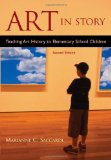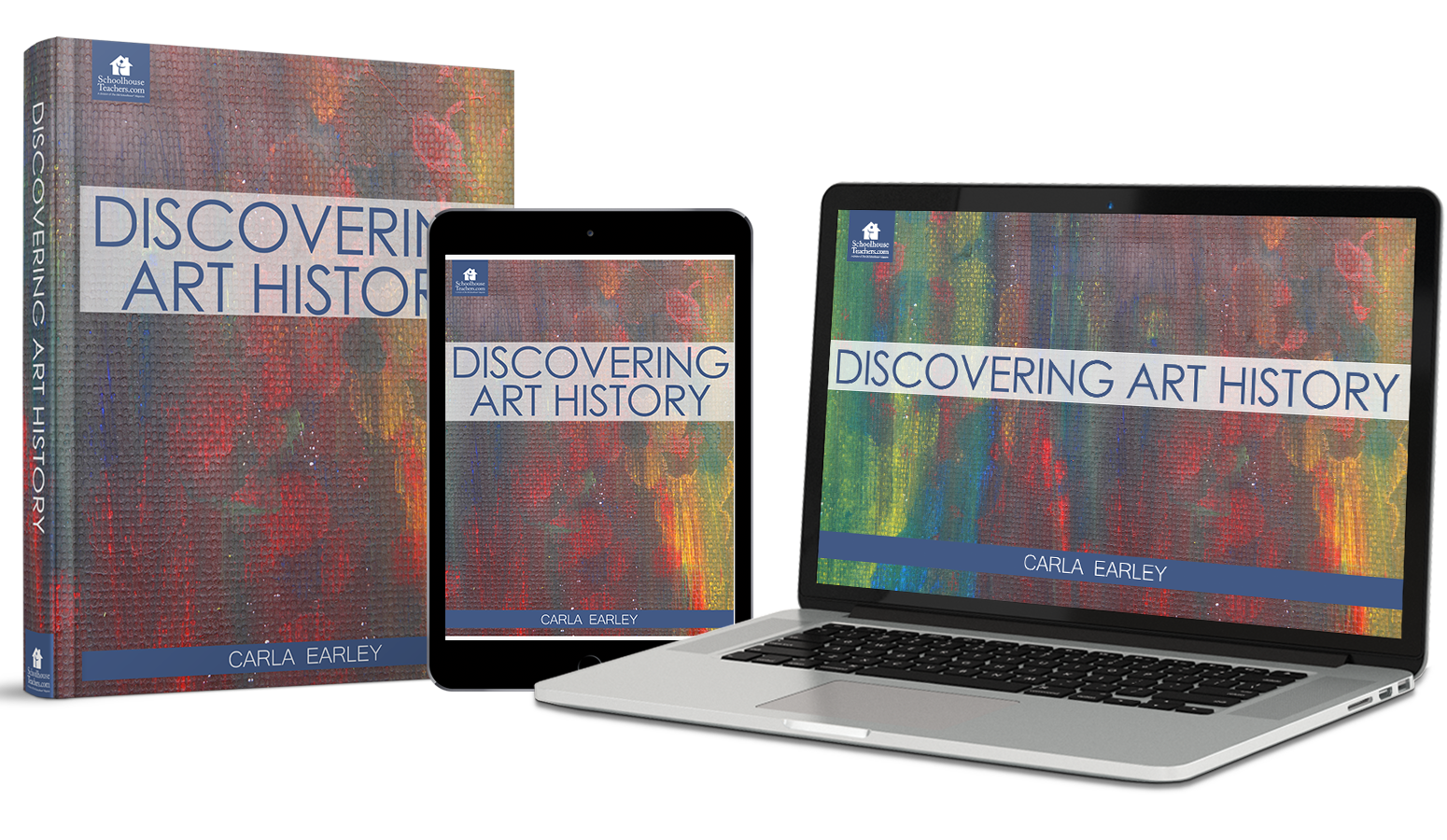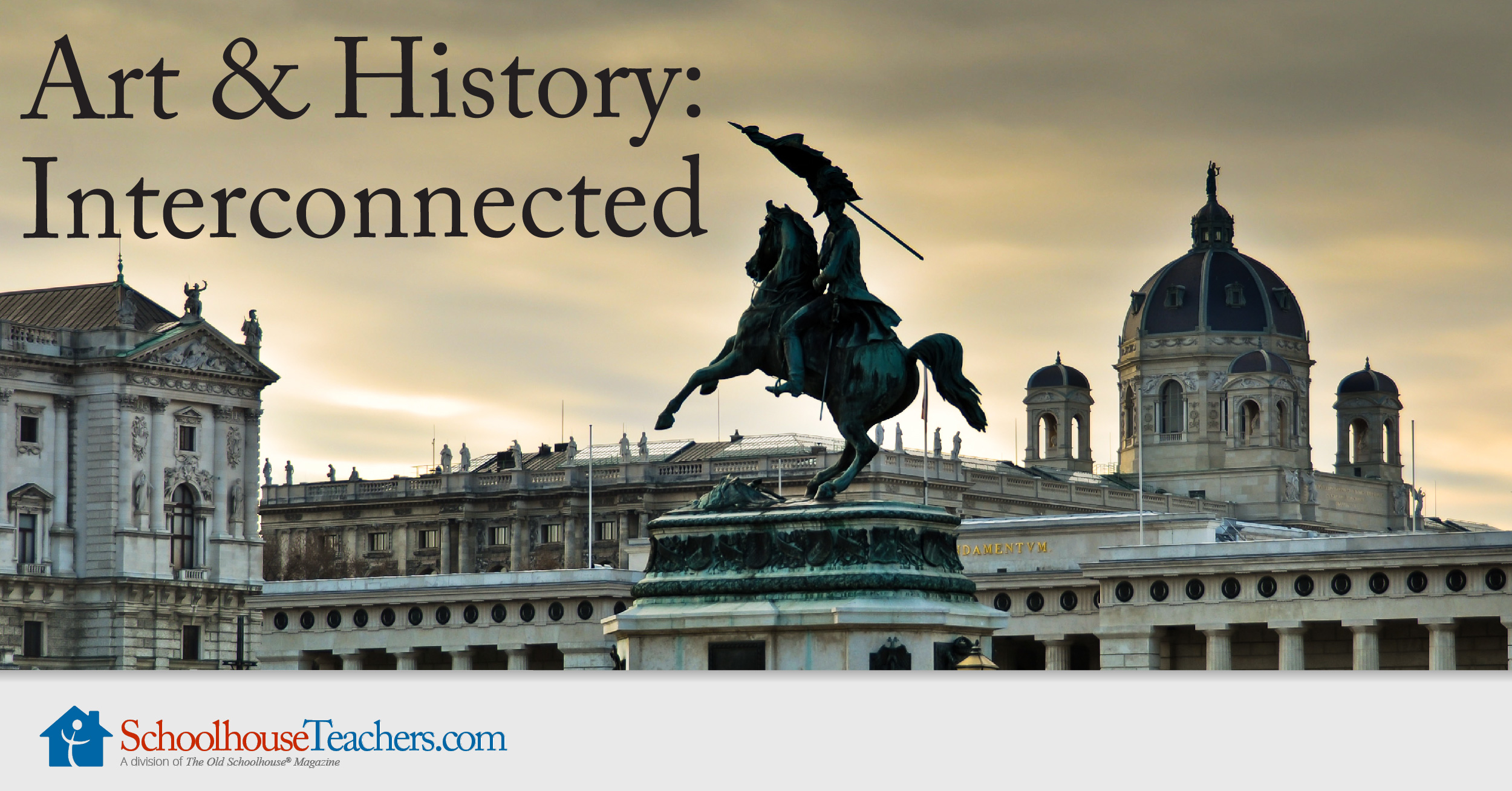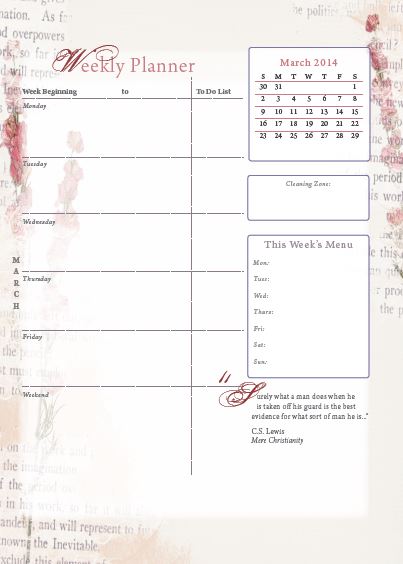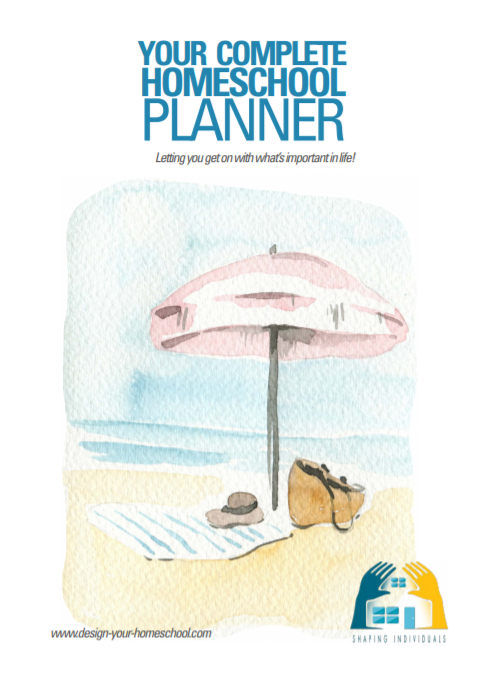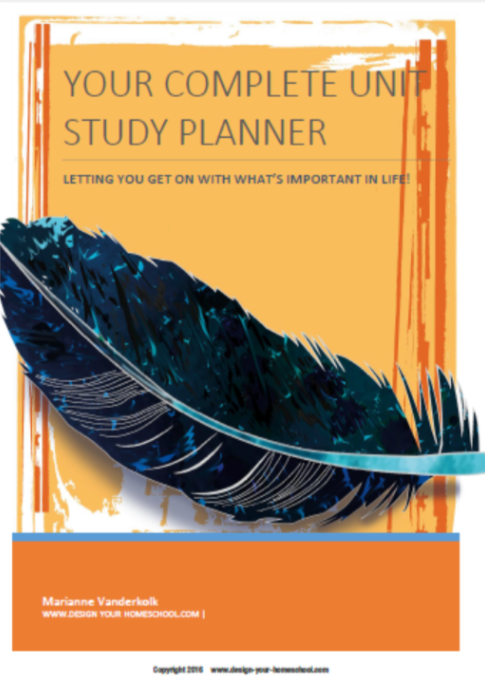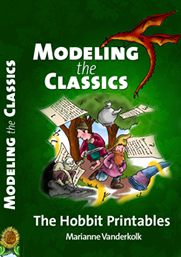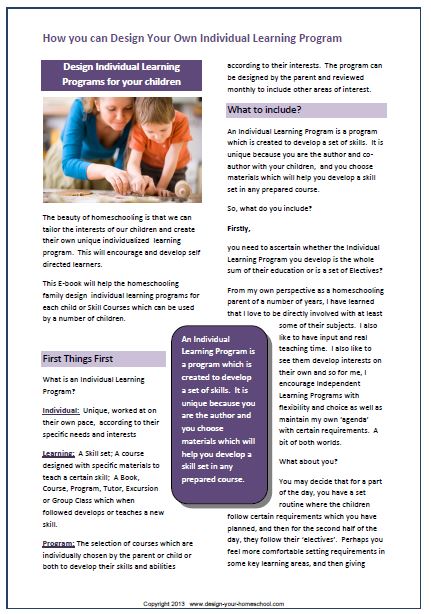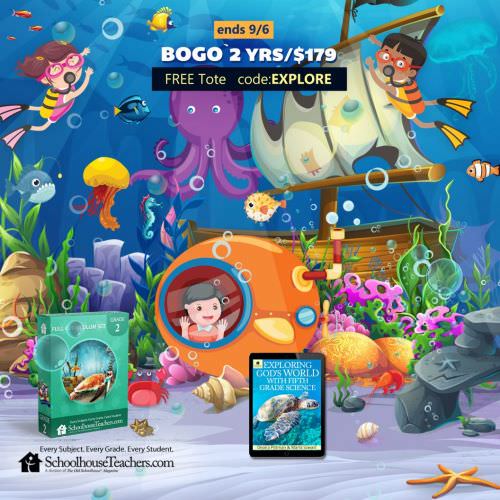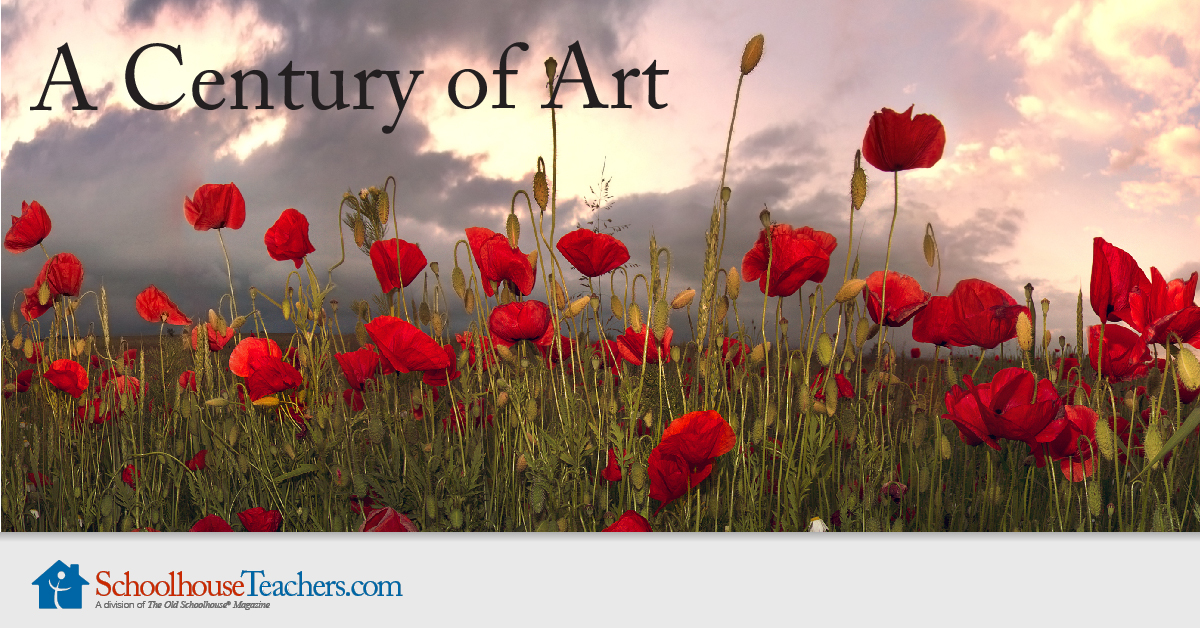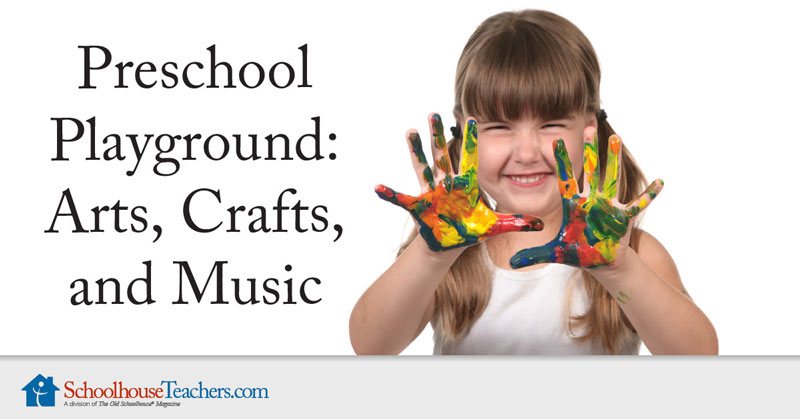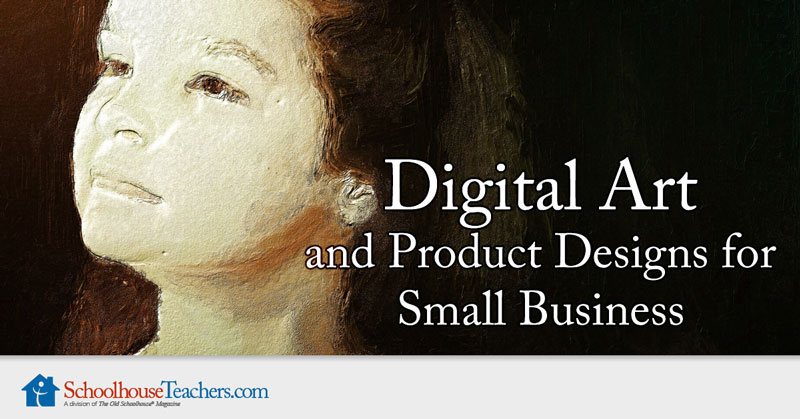Art History Homeschool Curriculum Ideas
Art History homeschool curriculum combining art and history
Design your art history homeschool curriculum by collecting art supplies, studying artists and time periods, read about the lives of the artists and copy their art works. I have ideas on how you can create an art history curriculum with these ideas as well as excellent art history homeschool curriculum units already created for you.
1. Art history homeschool resources - collect prints, calendars, books
To teach art history in your homeschool, you need to have access to a lot of art works - prints, books and online resources. When going to second hand shops, I always keep on the look out for prints, calendars and magazines as this really helps to teach art history by focussing on a time period or on one artist at a time. A great place to look is in secondhand bookshops. You could also buy 250 Masterpieces in Western Painting . These cards are a great way to begin your art history homeschool collection.
2. Study one artist at a time to study art history homeschool
Some families like to study one artist at a time, view their art and delve into that particular period of art history.
Some simple steps to enjoy one particular artist is to view their art, close your eyes and try to picture it, talk about everything you can remember about the painting. Use the art as a basis of your own creations.
You can choose to study the artists chronologically or in styles (Impressionist/ Renaissance Artists and so on). Study the artists as you study history chronologically.
3. Read about the artists and their lives
In our homeschool Art studied in its historical setting, has enabled us to appreciate and interact with different types of art forms and see changes in cultures and style.
We noticed that in ancient Egypt, the paintings followed a rigid formula: broad shoulders, narrow hipped figure, wearing a headdress and a kilt, standing rigidly or in the guise of hunting, one arm on either side of his body and one leg advanced. In Greek, we saw a breakthrough in realistic work, in which some say the birds even came down to peck at the fruit in the murals. We have also been able to see how art is an expression of the culture and the philosophies of the time period.
Many art history homeschool ideas are rather simple. As we study the time-period, we add information about artists into our history notebooks. We teach Art in the context of history. We also spend a great deal of time adding artistic details to our history notebooks of the time period such as dress, soldiers and their uniforms, the weapons of the time, the houses and architecture, and also portraits of famous men of the time period.
As reading aloud is such an important part of what we do as a family, I incorporate stories about artists in their historical setting and have enjoyed reading, Art in Story by Marianne Saccardi, which has been a great book of short narrations of the lives of artists followed by some ideas of how you can work with their art.
The most important thing you need to look for in a book is its narrative. If it captures the interest of the child through a story, it is far more likely to make an impression on the child and the memory of the art lesson. We have also enjoyed The Famous Men of the Renaissance and Reformation.
"The Arts of Mankind" by Hendrick van Loon is also useful to discuss art in context.
Choose excellent art living books (rather than encyclopedia articles) to understand their life and to see them in their context. This makes the artist real and puts them into history as a real person. These have been very beneficial as we travel through history and simple, yet effective art history homeschool ideas.
Some books which also explore the artist's style are the series, "What makes a Degas' a Degas?" by Richard Muhlberger. The artists which this series covers are: Degas, Monet, Rembrandt, Van Gogh, Leonardo, Picasso, Cassat, Bruegel, Goya, Raphael, Renoir.
4. Copy the works of the artists
Copying an artist as we read about their lives has been a great way to recall their style and their favourite subjects. Everyone in our family remembers that Edgar Degas was the one who painted the ballet dancers, because we copied his painting with pastels. Copying an artist's work or style leaves a lasting impression. At this time, it's great to discover the exact art technique used by the artist and incorporate that in the replicating their work.
Another book, which we enjoyed using while studying the Impressionists is Picture this! by Joyce Raimondo. This is from the Art Explorers Series. There are a number of activities which you can do with your children to copy an artist's work and style.
Discovering Art History Course - Grades 4-5
Discovering Art History, written by Carla Earley, is a 9-week homeschool art history course that will help you learn to group paintings or other artwork by style, subject, or artist.
This course will be a good way to expand the creativity of each student through a variety of hands on project ideas.
Carla writes, " While you’re enjoying this homeschool art history curriculum, plan to visit art museums in your area, learn how to sew or knit, take pictures, make patterns, arrange flowers, visit a ceramics shop, analyze illustrations in picture books and illustrate your own writing, pay attention to packaging, and notice how art is used in fashion and advertising. In short, pay attention to the art around you and widen your scope. Art is more than just brushes and canvas, though we will be focusing mostly on art of that sort in this class. Remember: art is all around you. Above all, have fun!"
Here is an outline of the Discovering Art History Course:
- Week One: Guiseppe Arcimboldo and Mannerism
- Week Two: Leonardo da Vinci, Michelangelo, and Naturalism
- Week Three: John Singleton Copley, Benjamin West, and Neoclassicism
- Week Four: Claude Monet, Mary Cassatt, and Impressionism
- Week Five: Impressionism (cont.), Paul Cezanne, and Post-Impressionism
- Week Six: Henri Rousseau and Post-Impressionism (cont.)
- Week Seven: Georges Seurat and Pointillism; Introduction to American Regionalism
- Week Eight: Grant Wood, Norman Rockwell, and American Regionalism; Georgia O’Keeffe and Introduction to Modernism
- Week Nine: Pop Art, Cubism, and Surrealism
This art history curriculum / course is a part of the SchoolhouseTeachers and is available to those who have a subscription. I feel this is such an economical way to have a ton of excellent homeschool resources at your finger tips! See the pricing structure here.
Art and History: Interconnected - for Grades 9 - 12
This homeschool art history course written by Carla Earley, for grades 9-12, explores how world events have impacted art and how different artists communicate their message through their art.
Here is an overview of each week's work:
- Week One: Middle Ages
- Week Two: Early and High Renaissance
- Week Three: Artist Research Project
- Week Four: Venetian and Northern Renaissance
- Week Five: Renaissance/Baroque
- Week Six: Baroque
- Week Seven: I, Juan de Pareja
- Week Eight: Romanticism
- Week Nine: Realism, Part I
- Week Ten: Realism, Part II
- Week Eleven: Realism Essay
- Week Twelve: Impressionism
- Week Thirteen: Impressionism & Post-Impressionism
- Week Fourteen: Post-Impressionism
- Week Fifteen: Western
- Week Sixteen: Modern Art
- Week Seventeen: Diego Rivera—Cubism
- Week Eighteen: Folk Art
- Optional Week Nineteen: Bonus: Wrap-up
I love the way that this course is written to the student and through the use of text and pictures of various art work, the author encourages the homeschool student to research, plan a museum trip (or several trips) as well as doing art. It's always great to incorporate a timeline and each day, the author encourages interaction with the art, artist, their work. There are written assignments included.
If this homeschool art history course is taken in full, completing all reading, writing, and art assignments, and the student spends approximately 90 hours completing this course, it can count for one-half high school credit.
Where to from here?
- Use the Computer for Art
- Ways to teach and design your homeschool art curriculum
- Art Techniques | Artistic Elements
- Home ›
- Ways to Teach Art ›
- Art History Homeschool Ideas

